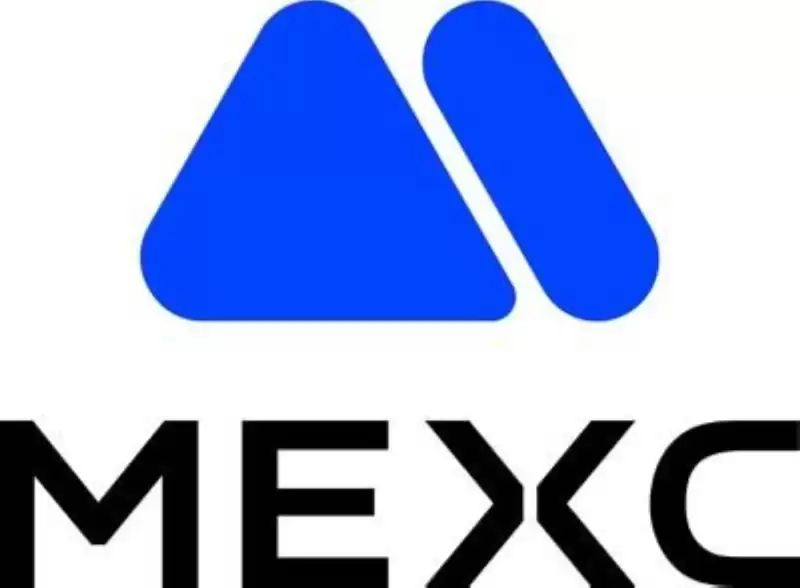 |
|
 |
|
 |
|
 |
|
 |
|
 |
|
 |
|
 |
|
 |
|
 |
|
 |
|
 |
|
 |
|
 |
|
 |
|
Cryptocurrency News Articles
The foundation of the cryptocurrency universe are Layer 1 blockchains
Mar 19, 2025 at 08:03 pm
Before diving into how they attain security, scalability, and decentralization, it's nice to understand what a Layer 1 blockchain is. A Layer 1 blockchain is the backbone network or protocol of a blockchain, e.g., Bitcoin or Ethereum.
Layer 1 blockchains are the fundamental building blocks of the cryptocurrency universe. They form the first touchpoint for most users, offering essential features like security, scalability, and decentralization. But how do these blockchains achieve this delicate balance? Let’s keep the breakdown simple.
What Are Layer 1 Blockchains?
Before diving into how they attain security, scalability, and decentralization, it’s nice to understand what a Layer 1 blockchain is. A Layer 1 blockchain is the backbone network or protocol of a blockchain, e.g., Bitcoin or Ethereum. It’s the foundation structure which ensures that transactions get verified, blocks are added to the chain, and the network remains stable.
Achieving Security in Layer 1 Blockchains
Security is the greatest priority of any blockchain, and Layer 1 blockchains have nothing to match in that regard. They employ consensus algorithms to ensure that data being written on the blockchain is authentic and reliable. Popular consensus algorithms like Proof of Work (PoW) and Proof of Stake (PoS) bear large responsibility for this.
In Bitcoin, for instance, miners compete against each other in order to solve the solution of long mathematical problems. This severs the network by making it virtually impossible for bad actors to alter transactions or manipulate the blockchain. In Layer 1, each transaction is verified by the network, so only legitimate transactions are included.
Additionally, if you’re working with decentralized applications (dApps) or smart contracts, security is even more critical. That is why testnet RPCs, such as those available for BSC (Binance Smart Chain), are used for testing and ensuring everything works as expected before going live. You can obtain the testnet RPC of BSC from here.
Scalability
Scalability is a problem that most blockchain networks have in common. With increased demand, a blockchain should be able to handle a large number of transactions without slowing down. Layer 1 blockchains have achieved great milestones in improving scalability.
For example, Ethereum is working on solutions like Ethereum 2.0, which migrates the network from PoW to PoS, significantly increasing its capacity to process more transactions per second (TPS). Other Layer 1 blockchains like Solana have achieved high scalability by developing novel consensus protocols that are designed with speed as the top priority.
But the balance between scalability and decentralization is a fine one. A blockchain can scale in a highly centralized way. To ensure this balance, the majority of Layer 1 blockchains implement hybrid solutions that trade off speed for security and decentralization.
Decentralization
Decentralization is the core of blockchain technology. With decentralization, control is duplicated across a network of nodes, rather than being centrally held by a single party. This aspect implies that there is no company or entity controlling the blockchain.
Layer 1 blockchains like Bitcoin and Ethereum also have thousands of nodes distributed all across the world, and together these nodes ensure transaction verification as well as security of the blockchain. This renders it impossible for any company to control the blockchain or transaction censoring. Decentralization allows users to be able to keep trusting the network.
For instance, in Bitcoin’s PoW protocol, decentralizing mining avoids having any single player capable of being able to decide control over the security of the network to maintain the entire system secure and dependable. This is to maintain the entire system secure and trustworthy.
Real-World Example: The Rise of Bitcoin
Bitcoin is still showing the strength of decentralization and security in crypto. Bitcoin recently broke $83,000, and its market cap hit an all-time high of $1.64 trillion. Its popularity shows how a decentralized, scalable, and secure Layer 1 blockchain can be stable and popular among investors across the globe.
Tether: The Backbone of Crypto Liquidity
Speaking about blockchain networks, Tether (USDT) generally arises as one of the primary liquidity providers for various networks. Tether is a stable coin .Tether brings in stability during an extremely unstable market, which helps users quickly transfer between alternate cryptocurrencies and real-world fiat money. It’s one of the liquidity bases within the cryptocurrency industry, and its influence is widely experienced on the majority of Layer 1 blockchains. How Tether impacts crypto liquidity continues below.
Conclusion
Layer 1 blockchains are the foundation upon which the growth and stability of the cryptocurrency ecosystem are built. By enabling security in the form of consensus mechanisms, scalability to enable more transactions, and decentralization, these blockchains form the cornerstone of the crypto universe. As an investor, developer, or enthusiast, understanding the basics of Layer 1 blockchains is the means to staying current with the fast-evolving crypto space.
Disclaimer:info@kdj.com
The information provided is not trading advice. kdj.com does not assume any responsibility for any investments made based on the information provided in this article. Cryptocurrencies are highly volatile and it is highly recommended that you invest with caution after thorough research!
If you believe that the content used on this website infringes your copyright, please contact us immediately (info@kdj.com) and we will delete it promptly.

























































